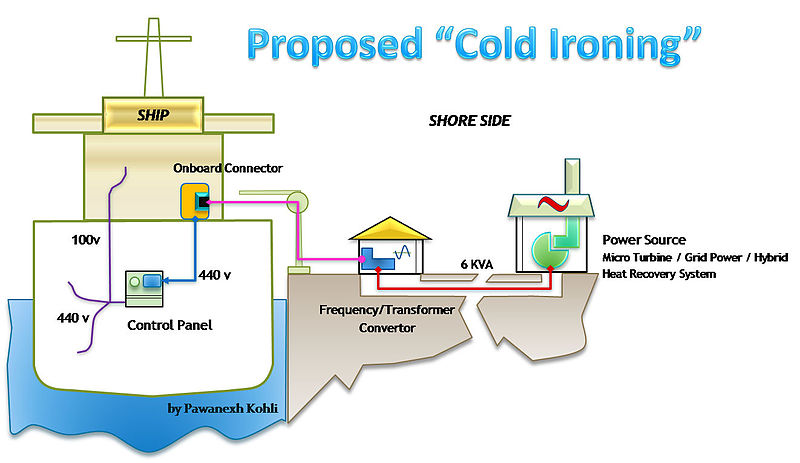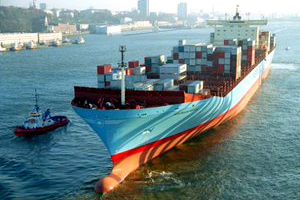Significant advances in the shipping industry are fueling the creation of technologies and techniques to reduce carbon emissions.
WFP Shipping, a global leader in maritime services, has shipped more than two million tons of cargo across 1,800 ships to ports around the world every year. Beyond the industry trend, WFP is also on the way of development. Here are 10 "green" trends Stephen Cahill of WFP shares the maritime industry in general and the company in particular is aiming.
1. Move at a slow speed
This is considered the most popular trend now in the maritime industry. Slow speed not only helps cut a significant amount of emissions but also reduces the cost of using fuel on board.
2. Fuel source contains low carbon
Recent research by scientists in improving fuel filtration has shown that the need to reduce fuel use contains sludge, sulfur and other additives as well as cutting prices of fuel sources. This material is increasing. Natural liquid gas is being considered as an alternative energy source for ships.
3. Self-replaceable energy source
Usually, a ship will run auxiliary engines to provide power while in port. This energy source allows the ship to deactivate all engines, while reducing fuel use and polluting ports

4. Catalytic reduction solution (SCR)
Adding a catalytic converter to the exhaust system can help reduce nitrous oxide emissions by up to 85-95%. Nitrous oxide emissions are the cause of the greenhouse effect, and the production of nitrous oxide in the production process has been limited in many countries around the world. SCR is considered the most effective solution in reducing the emissions of ships today.
5. Improved hull design
Air cushion and water flow improvement design are factors that are incorporated in the design and production of a new vessel. Design of propeller is also a factor in the improvement process.
6. Complete the seaport management system
Completing the seaport management system helps reduce the time to process procedures for vessels, and increases the number of port use turns.
7. Optimize the journey
By updating the latest weather information and the sea situation, it is possible for ship owners to map out the most optimal journey, thereby cutting fuel consumption, costs and emissions. .
8. Determine the exact time
The Global Positioning System (GPS) allows you to determine the location of the ship, and to move the right route to ensure an accurate landing time. It is more optimal to cut down on congestion at ports and stop moving. These factors also contribute to reducing emissions at ports.
9. Charter rules for chartering ships
The contract rules are applied over the years to ensure the fastest trains, not the best speeds, do not take time to move goods from one port to another.

With new technologies in the maritime industry today, terms of transport contracts throughout the supply chain can be renegotiated to minimize the application of rules when contracts are not properly implemented. These new points allow ships to run at more optimal speeds.
10. Use kite wings
Large kite wings mounted on the deck will increase the towing capacity of the ship. Basically, the use of this technology on some ships may decrease.












.png)


.jpg)
.png)
.jpg)











